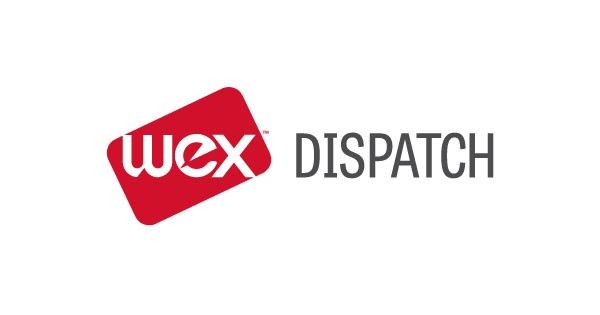As a leader in corporate payments— mainly focused in fleet, travel, and healthcare—WEX is making news across a variety of markets, and for our casual followers, there’s a lot to take in. To help our readers stay up to date with the latest news and insights from across the payments spectrum, we would like to introduce you to the WEX Dispatch, a monthly summary of what’s news at WEX.
Included in each article will be highlights from each of our business lines across the world, as well as a few trending topics in the industries we serve.
WEX Fleet
- Ease and Cost Effectiveness, the Case for Anti-Idling: Idling can be one of the costliest driver practices, and quelling the practice among drivers can save companies big. Planning ahead? Why anti-idling will help you save money shares with readers tips on educating drivers on the costs of and benefits of avoiding idling, as well as some of the technologies in place to combat idling.
- Coaching Drivers toward Fuel Efficiency: Did you know that drivers can save nearly a third of fuel consumed by driving less aggressively? This article, How to Coach Your Drivers Toward Fuel Efficiency, shares four opportunities to promote efficiency among drivers, including fuel cards, feedback, policies, and training.
- Driver vs. Vehicle Cards: When it comes to choosing a fleet card, there are a multitude of interesting bells and whistles, but it generally comes down to this: Do you want a driver card, or a vehicle card? Driver vs. Vehicle: Selecting the Best Fleet Card introduces readers to the two different platforms and how to make an informed decision. Bonus: Download “Flexible Card Types: A New Way to Manage Vehicles, Drivers, or Both.”
WEX Index: Gasoline Prices Tumble
The national retail gasoline average dropped 23 cents per gallon in the past 30 days to reach $2.42 per gallon. It is more than $1.00 per gallon less than last year and its lowest level since mid-April.
Nearly 7% of all stations are currently priced under $2.00 while almost 30% are priced above $2.50 per gallon and 8.5% are above $3.00. As far as state averages go, South Carolina is the first state to see its average price fall below $2.00 per gallon.
Evolution1 and Healthcare Trends Institute
- Encouraging Innovation among Insurers: With a plethora of mergers in the insurance industry in recent months, it shows that innovation is a top priority and there is a noted shift toward creativity and problem solving. Three Steps to Incorporate Company Innovation shares steps that those in the health field need to take to build a framework and culture of innovation.
- New Ways to Use Wellness Information: Moving wearables into wellness has long been an opportunity for healthcare stakeholders. One company has found a way to tie in anonymous data, partnering with companies to promote wellness activities that could result in reduced premiums or rewards. Learn more in the article, New Ways to Use Wellness Information.
- 2016, the Year of the Insurer Merger? With a multitude of deals expected to close next year, 2016 looks to be a major year for insurers. Learn what’s causing the process and how this trend affects consumers, stakeholders, and the rest of the industry in the HTI Article, “Large Health Insurance Mergers Expected in 2016.”
News
WEX Sr. VP and CFO to Present at Deutsche Bank Technology Conference
From Press Release: WEX Inc. (NYSE: WEX), a leading provider of corporate payment solutions, today announced that its senior vice president and chief financial officer, Steve Elder, will present at the 2015 Deutsche Bank Technology Conference in Las Vegas on September 16 at 7:10 p.m. ET. The conference is being held at the Cosmopolitan of Las Vegas.
This Smart News Release features multimedia. View the full release here.
WEX to Serve as Presenting Sponsor of Maine Cancer Foundation Tri for the Cure for Next Three Years
From Press Release: WEX today announced that it will continue serving as the Presenting Sponsor of the Tri for a Cure for Maine Cancer Foundation (MCF), a statewide source of cancer grant funding, through 2018.
Keep Up with WEX: Follow Our Social Profiles:
Get the latest in WEX News, follow us on Twitter and LinkedIn.
